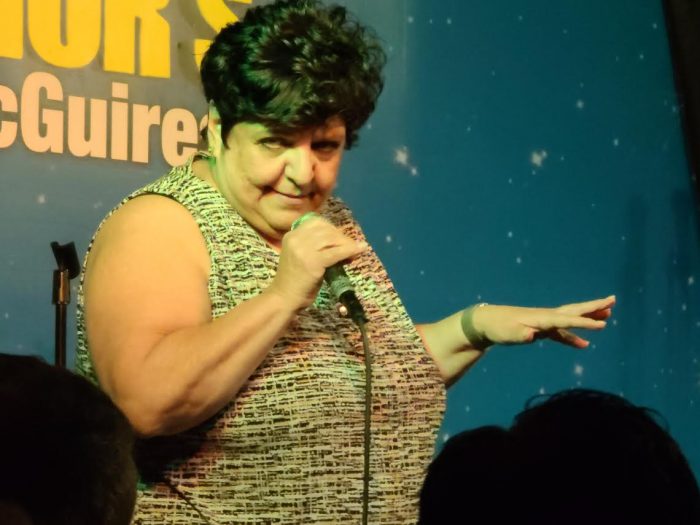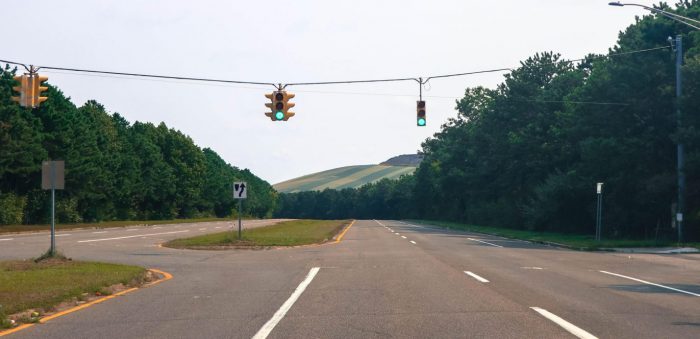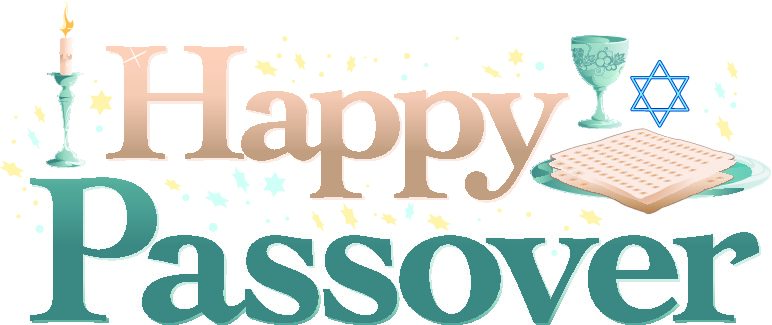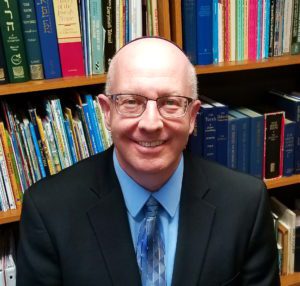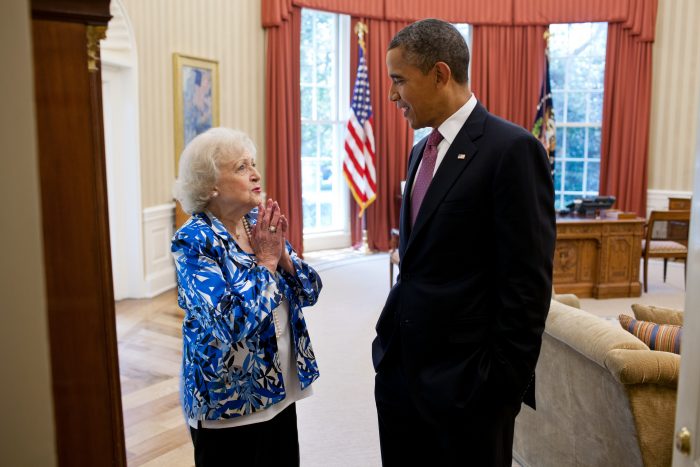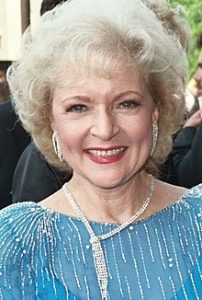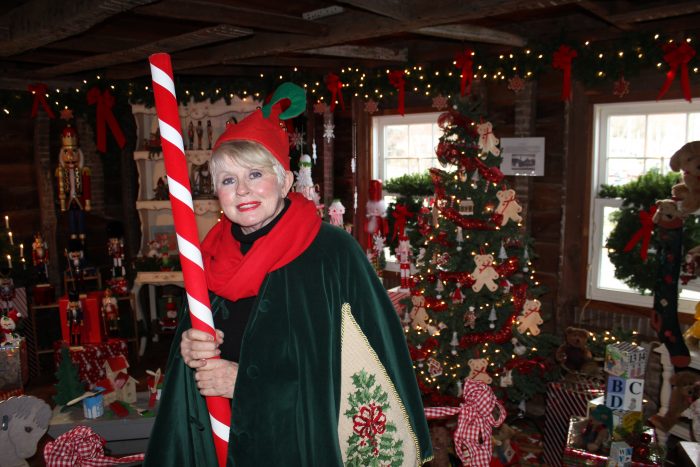By Barbara Anne Kirshner
SWEET 16! A milestone in the life of a teenager-a threshold into exciting adventures on the horizon whether it be college, military service, work, Sweet 16 ushers in all of life’s expectations with parents right there to rejoice and take pride in accomplishments awaiting their child.
BUT what if the Sweet 16 is your precious dog? In that case, 16 becomes a dreaded number foreshadowing the impending end. You look at your little charge and instead of being filled with joys for the future, you are reduced to the dread of that haunting overriding question “WHEN?” When will your companion suffer the ravages of old age? When will our time together run out? When will you experience your last day together and be forced to whisper “goodbye”?
All these thoughts fill me with dread. Park has been the BEST boy, my special little man. I’ve written about how we met; how I was hesitant to take on another dog with two at home already; how he became Park The Christmas Puppy having joined our family on Christmas 2006; how he became my traveling buddy; how strangers marveled at how good he was in his stroller as we toured local stores; and how, on numerous occasions, cars stopped, and people called out, “That is the most beautiful dog I’ve ever seen!”

Photo by Barbara Anne Kirshner
Then the day came when my editor asked me to write an article on the 2014 motorcycle exhibit at the Ward Melville Heritage Organization’s Educational and Cultural Center in Stony Brook Village. The curator asked me to come down on July 3, Park’s birthday. I couldn’t bear to leave my boy on his special day, so I asked if he could join and thankfully, Park was welcomed. They were impressed with how good he was as we toured the exhibit and how he let me work just as long as I was in his eyesight.
The curator suggested that Park and I stop off at the Village Green, a lush park-like section fronting quaint shops at the Stony Brook Village Center. Park and I were delighted with this picturesque spot and we rested for the first time on what was to become “Park’s Bench.” That was the first of our annual visits to this special bench overlooking Stony Brook Harbor. Every year since then, no matter what we have planned for his birthday celebration, we pause at his bench — two friends sitting and enjoying a few quiet moments together before the rest of his birthday festivities begin.
Last year Park was paralyzed, having gone down May 15, 2021, through the summer including his birthday. Then miraculously, through constant visits to the vet for treatments, he regained the use of his hind legs in late September 2021.
Now, at 16, his face shows signs of age though amazingly, he hasn’t grayed, but his eyes now lack that playful sparkle once so prevalent and that constant energy is gone. He has a decided tremor that seems to be more apparent with each passing day and lately he’s faltering again when he walks.
Yet I am blessed to have my little man at Sweet 16, to still be able to pet him and look into those loving eyes. But TIME and the BIG question “WHEN” loom large.
When Park decides he has had enough of this world, it will be one of the greatest hits in my life as there is no consolation for the loss of a loved one. The only solace for me comes from an adage from Brandon McMillan of the original Lucky Dog series:
“Don’t cry because it’s over, smile because it happened.”
A resident of Miller Place, Barbara Anne Kirshner writes theater reviews for TBR News Media and is a freelance journalist, playwright and author of “Madison Weatherbee — The Different Dachshund.”






